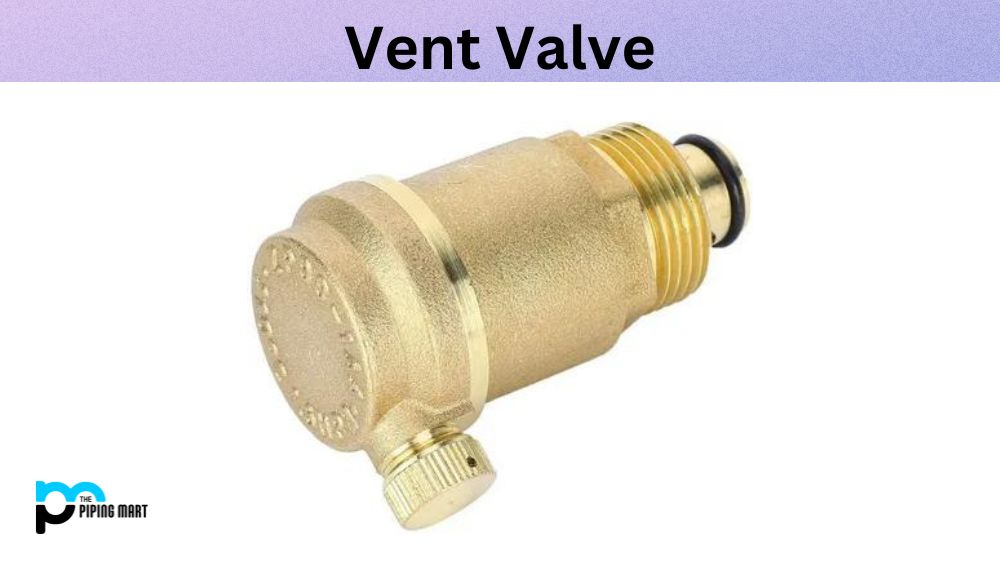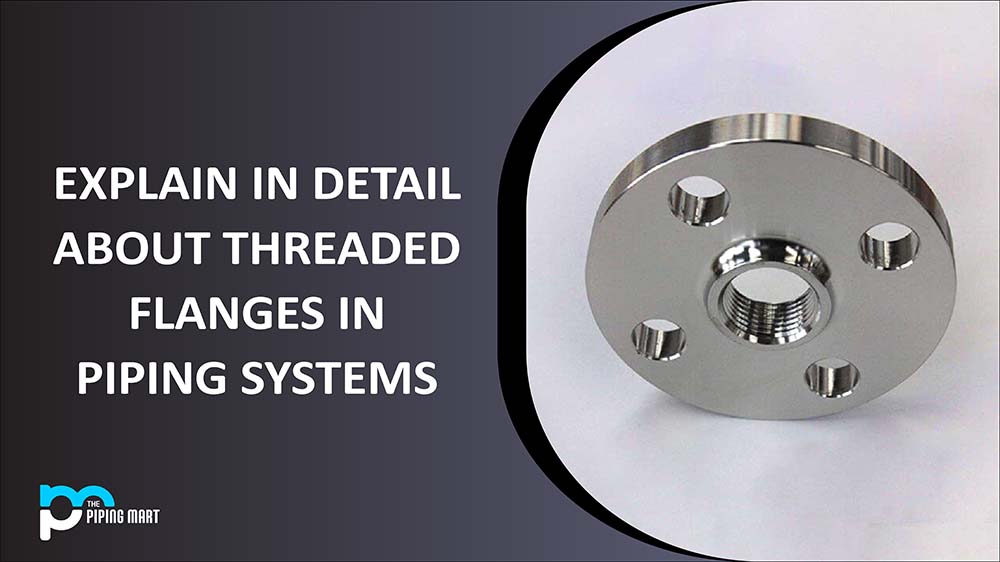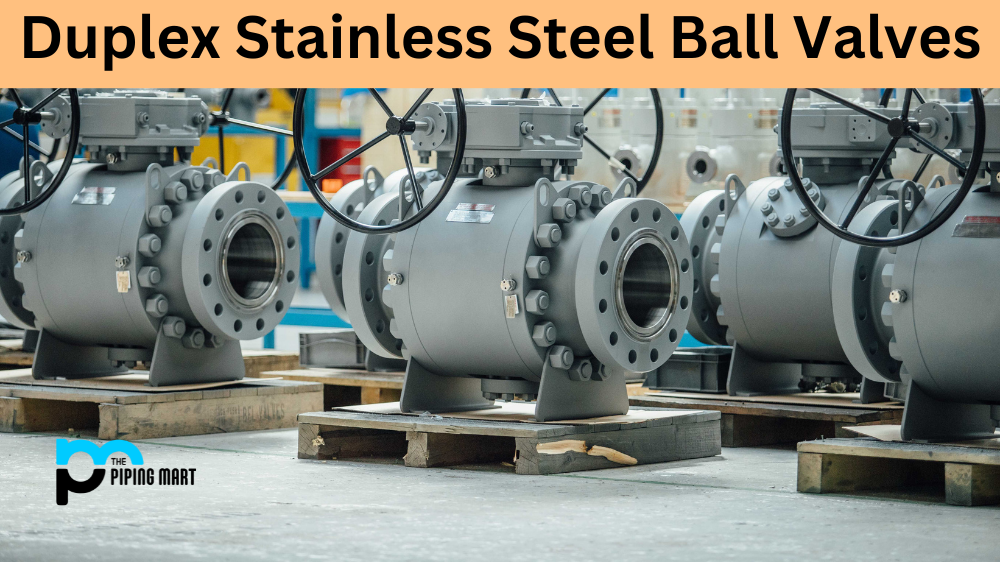Vent valves are vital in various industrial applications, especially in the oil and gas industry. They play important roles in maintaining the safety and integrity of tanks, pipelines, and equipment systems by preventing overpressure, vacuum, and thermal stress. If you need to get more familiar with vent valves, don’t worry because, in this blog post, we’ll cover everything you need to know about them – from their properties and uses to their applications.
What is Vent Valve?
Vent valves are devices used to protect pressure vessels, tanks, and other systems from over-pressurization. They work by releasing the build-up of pressure within a system when it exceeds a certain limit. This prevents damages caused by sudden changes in pressure such as explosions or equipment malfunctioning. Vent valves are essential components used in many industrial applications, ensuring safety for both workers and equipment.
Vent Valves Properties:
A vent valve is a mechanical device designed to release pressure or vacuum buildup by releasing gas or vapour into the atmosphere. The properties of vent valves are determined by their material construction, sealing capability, pressure and temperature ranges and connection sizes. The most common materials used for vent valves include stainless steel, brass, and aluminium, while the sealing materials can be made from rubber, silicone, Teflon, or ceramic. The pressure and temperature ranges are specific to the application requirements, and the connection sizes can range from 1/4″ to 12″ inches.
Vent Valves Uses:
The primary use of vent valves is to provide a safety measure, ensure that the equipment or tank won’t fail, and limit the amount of harm that could result from equipment failure. They also help to reduce the risk of product contamination and environmental hazards. Vent valves are used in several applications, including storage tanks, pipelines, processing equipment, and other industrial applications. They are also used in the pharmaceutical and chemical industries to prevent contamination from airborne bacteria or particulates. Additionally, some vent valves can be used for filling and draining processes.
Vent Valves Applications:
Based on their design and functionality, vent valves are used in many applications, ranging from low-pressure to high-pressure applications. In the oil and gas industry, vent valves are used in storage tanks, pipelines, and processing equipment to maintain proper pressure levels. In refineries, vent valves release pressure buildup in distillation columns, reboilers, and fractionating towers. Vent valves with flame arrestors are used in explosive environments to prevent fires or explosions. In the food and beverage industry, vent valves are used in fermentation tanks and beer kegs, which help maintain a constant pressure level during fermentation.
How to Use Vent Valves
The installation and use of vent valves require proper training, skills, and experience. It’s essential to understand the application requirements, pressure, temperature ranges, and connection sizes before selecting and installing the correct type of vent valve. The vent valve should be installed in a location that allows proper venting and should be inspected and tested regularly to ensure its functionality. Some vent valves also require periodic maintenance and calibration to operate within their specified ranges.
Conclusion:
In conclusion, vent valves are essential devices critical in many industrial applications. They protect equipment, prevent contamination, and reduce the risk of environmental and personnel hazards. Knowing more about the properties, uses, applications, types, and installation of vent valves can help you select the right type of vent valve for your application. By performing regular maintenance, inspection, and calibration of your vent valves, you can ensure that they always operate as intended.
Meet Heer, a dynamic and driven writer learning tricks of her trade in the metal industry. With a background in Digital Marketing, Heer brings a unique perspective to her writing, sharing valuable insights. Apart from blogging she like reading and hiking.




